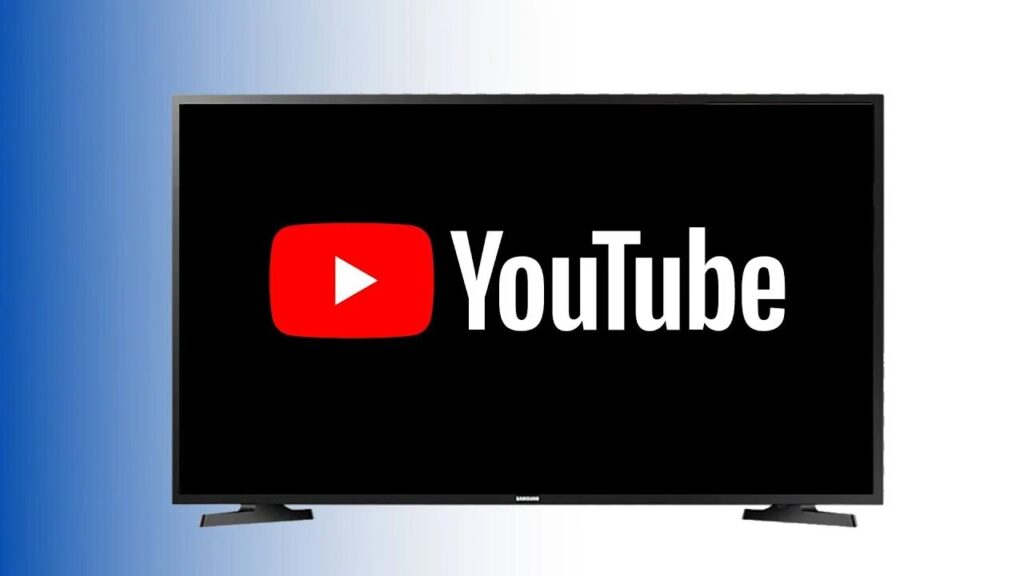U.S. Consumers Spend an Average of $61 per Month on Video Streaming Services, Study Finds
A recent study conducted by the Digital Media Association found that American consumers are now spending an average of $61 per month on video streaming services. This figure represents a significant increase compared to previous years, underscoring the changing landscape of entertainment consumption in the country.
The growth in streaming service subscriptions can be attributed to several factors, including expanding content libraries, the rise of original programming, and the ongoing pandemic that has led to increased demand for home entertainment options. The study highlights that the average American household is subscribed to at least four streaming platforms, with many opting for additional subscriptions to cater to diverse tastes and preferences within the household.
The Shift in Entertainment Consumption

Image Source: nz.finance.yahoo.com
The traditional cable TV model has seen a steady decline as streaming platforms like Netflix, Amazon Prime Video, Hulu, and Disney+ continue to dominate the market. The absence of long-term contracts and the ability to watch on multiple devices, as well as the convenience of on-demand content, have attracted a wide range of demographics.
However, this shift has also given rise to a phenomenon called ‘subscription fatigue’, as consumers face the complexities of managing multiple subscriptions and the cumulative costs associated with it. Despite this, the value proposition of access to extensive libraries of movies, TV shows, documentaries, and exclusive content keeps audiences engaged.
Implications for the Industry
The study’s findings shed light on the rapidly evolving video-streaming industry and its implications for traditional broadcasters, advertisers, and content creators. With streaming services investing billions in original content to attract and retain audiences, competition has become fierce, pushing platforms to constantly innovate and differentiate their offerings.
Furthermore, the study suggests that as the market matures, consolidation may become more common, with consumers looking for bundled services that offer more content under a single subscription fee. This could potentially pave the way for new business models and partnerships within the industry.
Consumer Trends and Future Outlook
The study also examines consumer behavior and trends, indicating a growing preference for ad-supported tiers or hybrid models that offer lower subscription costs in exchange for limited advertising. This trend may influence the future strategies of streaming services as they seek to maximize revenue while accommodating consumer demand for more affordable options.
As U.S. consumers’ appetite for video streaming continues to grow, the industry is at a critical point, with opportunities for innovation and challenges to overcome. The coming years will see even more changes in the way content is produced, distributed, and consumed, with streaming services playing a leading role in redefining the entertainment landscape.
This study serves as an important indicator of the changing dynamics in entertainment consumption, providing valuable insights for stakeholders in the digital media ecosystem.




